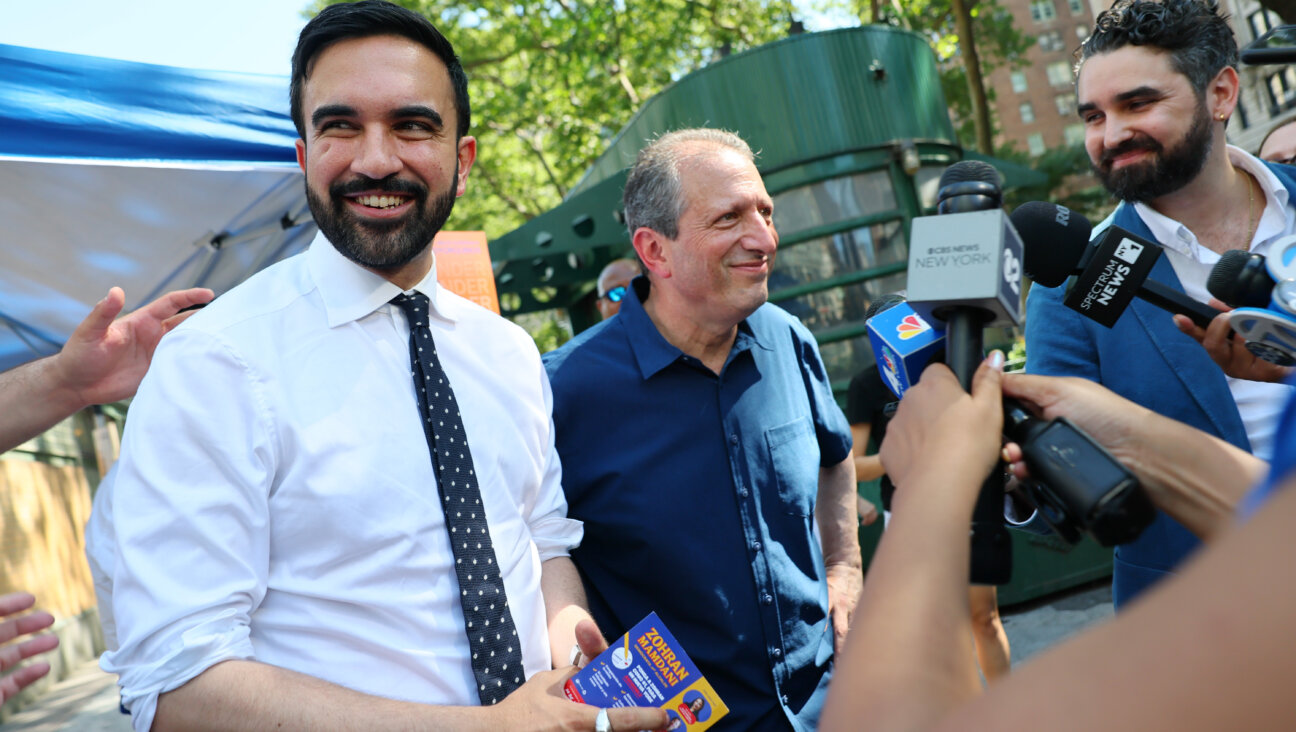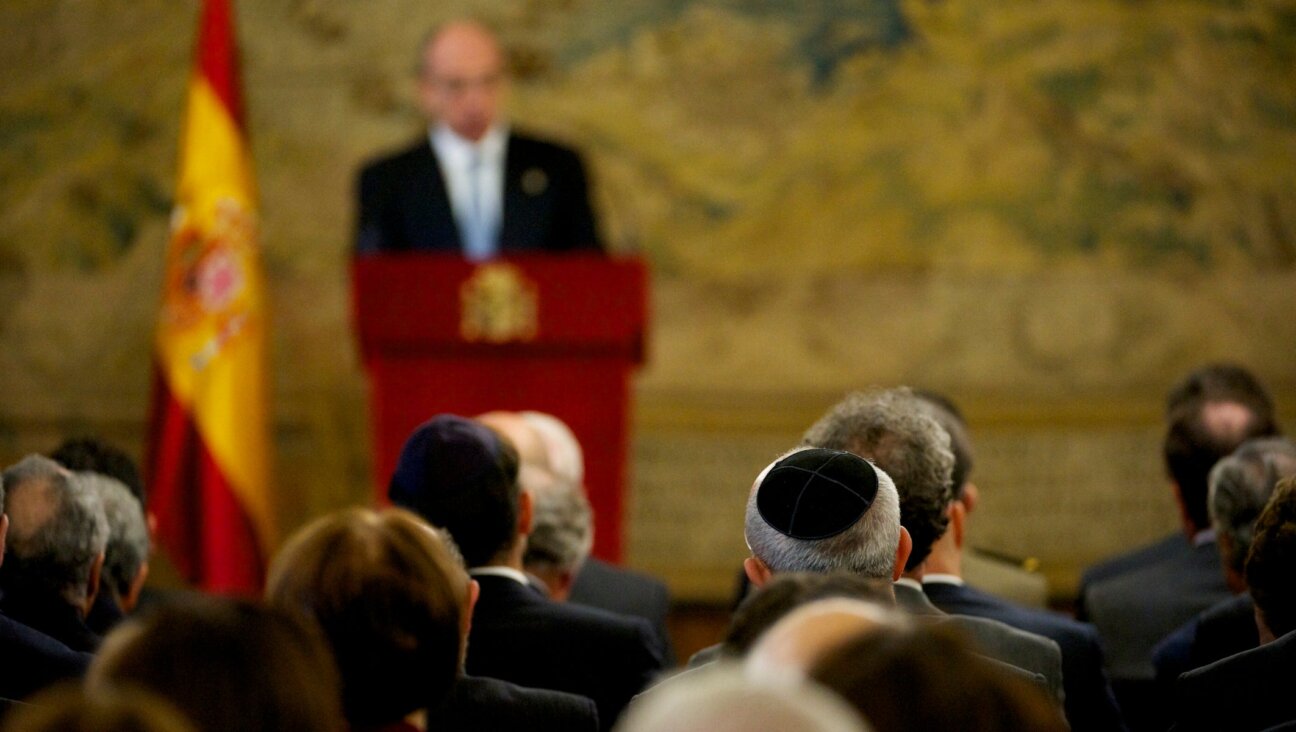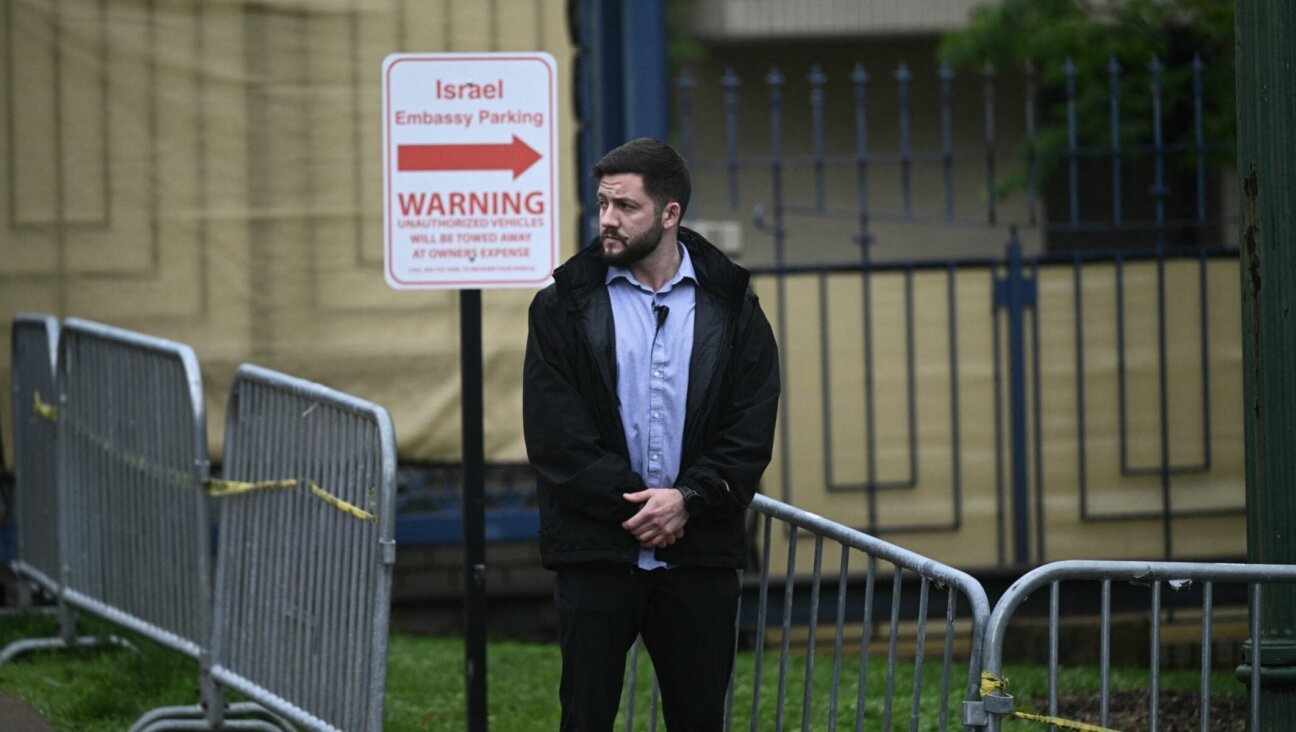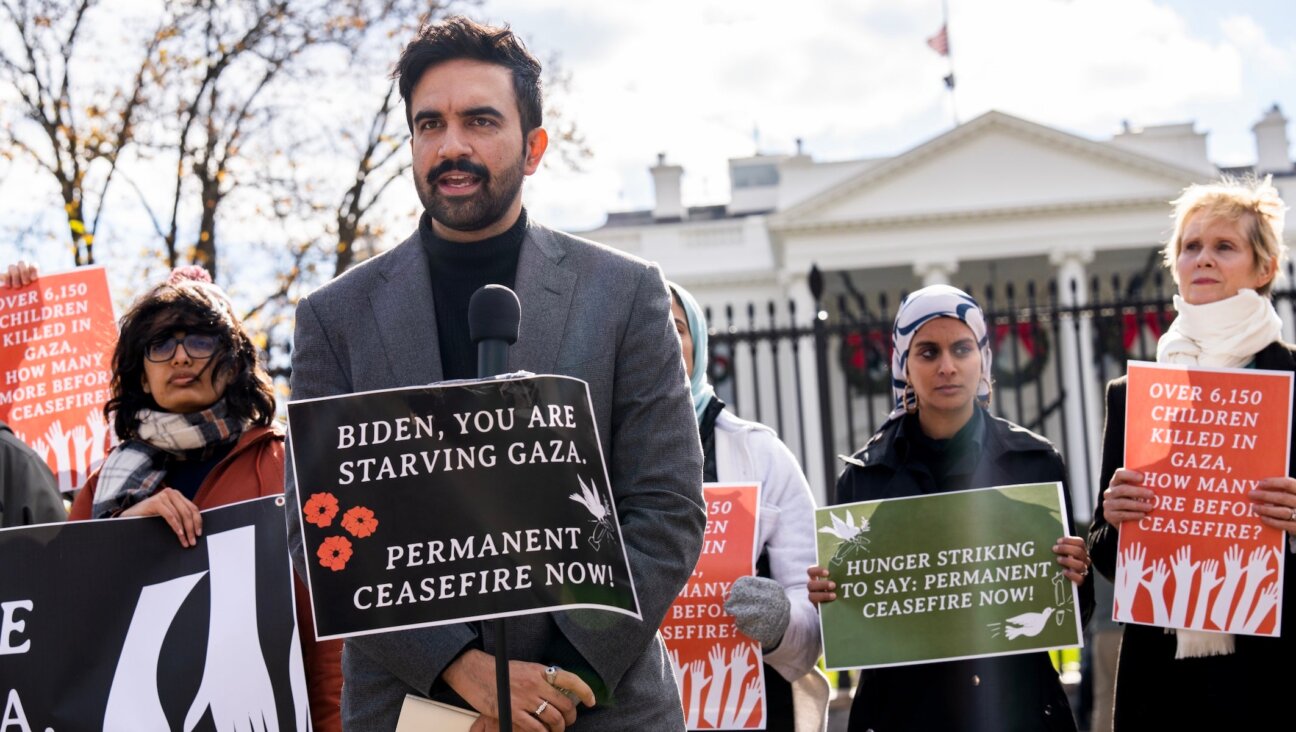Warily, They Conquered East Jerusalem

Image by getty images

Holy Conflict: The future of Jerusalem is perhaps the thorniest issue dividing Israelis and Palestinians. But Israel never planned to rule over the entire city and captured it almost by mistake in 1967. Image by getty images
Israel’s ministers had a lot on their minds when they woke, 45 years ago, on June 5, 1967. Jerusalem’s Old City, however, was not even a passing thought.
The day before, at the regular Sunday Cabinet meeting, they had approved the launching of a pre-emptive air strike against Egypt within 24 hours — “To do to them what they want to do to us,” as Defense Minister Moshe Dayan put it. Jordan had figured in the discussion only tangentially, as Dayan had explained that all efforts would be made to keep it out of the war.
Yet 48 hours after the first shot was fired in Jerusalem, the Israeli flag would be flying over the Old City despite the previous absence of intent and despite the grave apprehensions of a number of ministers.
How did that dramatic change, one that is today at the center of the Israeli-Palestinian conflict, come about so offhandedly?
The short answer? Unintended consequences.
The shorter answer: Things happen.
A few days before the war, Dayan had surveyed the Jordanian lines with the front commander, the Israeli general Uzi Narkiss, and said that the upcoming war would be focused entirely on Egypt. “You must avoid any action that would entangle us with Jordan,” Dayan told him.
With the bulk of Israel’s army poised on Egypt’s border, the last thing Israel wanted was the opening of another front. Prime Minister Levi Eshkol sent a message to King Hussein via the United Nations as the Israeli planes were returning from destroying the Egyptian air force in the first hours of the war: We will not attack you if you don’t attack us. Narkiss’s troops had orders to respond to Jordanian fire with restraint and to avoid escalation.
In signing a defense pact with Egypt, however, Hussein had handed over command of his army to an Egyptian general, Abdel Moneim Riad, whose intention was to escalate as much as possible. To draw off Israeli forces from the Sinai, he ordered a Jordanian tank brigade to threaten Beersheba from the West Bank. To protect the tank route, Jordanian troops occupied U.N. headquarters in Jerusalem, which abutted the road, and moved several hundred yards into Israeli territory. Despite this incursion, which was driven back, and the fact that Jordanian artillery was pounding the heart of Israeli Jerusalem, Israel agreed to a renewed U.N. request for a cease-fire. Jordan refused.
What finally ended Israeli restraint was an announcement on Cairo Radio that Jordanian troops had captured Mount Scopus, an Israeli enclave behind Jordanian lines. Since 1948, Israel had maintained a garrison of 120 troops on the mount, rotated in U.N.-protected convoys. No attack had in fact been launched on Scopus, but Israel saw the broadcast as a clear statement of intent. A paratroop brigade commanded by Mordechai Gur, a colonel, was dispatched to Jerusalem with orders to break through to Scopus.
Jordan was escalating the confrontation precisely when Israel’s need for restraint was ending. Egypt’s crushing defeat could be read in the smoke rising from airbases from the Nile delta to Upper Egypt while Gamal Abdel Nasser was assuring Hussein by telephone that Egypt’s nonexistent air force was attacking Israel’s air bases and that Egypt’s reeling ground forces were advancing.
As Israel went on the offensive against Jordan, the Israeli ministers were guided by the memory of the 1956 Sinai Campaign, when then Prime Minister David Ben-Gurion bowed to demands from Washington and Moscow to retreat. “We are going forward,” Eshkol told the Cabinet, “in the knowledge that we will be obliged to pull out from [Jordanian] Jerusalem and the West Bank.”
Dissenting voices began to be heard as Israeli successes accumulated. Menachem Begin was the first to call for taking the Old City. Ironically, it was the religious ministers who were most opposed. They expressed concern that the world, particularly the Vatican, would never accept Jewish rule over the Christian holy places. Interior Minister Moshe Haim Shapira, head of the National Religious Party, advocated internationalization of the walled city. “To Jordan we will not return it,” he said. “To the world, yes.”
Even Dayan, the most daring of the ministers, was initially ambivalent. His longtime aide, Haim Yisraeli, told Ben-Gurion that the defense minister was disinclined to capture the Old City because he feared that international pressure would force Israel to withdraw. “Moshe doesn’t want to have to give back the Western Wall,” he said.
Remarkably, though the Israel Defense Forces had contingency battle plans for locations all around the Middle East, it had none for the Old City, as if it were a subject too rarified or problematic to contemplate. There was not even a map in the drawers of the general staff indicating which of its seven gates was to be breached. The subject was to be dealt with if and when it became real. For Narkiss, it now had. He instructed Gur to dispatch part of his paratroop force to the Rockefeller Museum, a fortresslike structure opposite the Old City walls, and to be prepared to break in through a gate he chose.
With the Old City virtually surrounded and Arab resistance crumbling, the Cabinet surrendered to what seemed the insistent demand of history and approved the break-in even though some of the Cabinet members still had misgivings. Education Minister Zalman Aranne warned against annexing the Old City lest the world demand the entire city’s internationalization, including the Jewish half, as the U.N. Partition Plan of 1947 had called for.
Israel’s low profile toward the Old City at the beginning of the war gave way subsequently to hyper-activism. Three weeks after the fighting, the Knesset annexed 28 square miles across the former border and incorporated them within the municipal boundaries of the Israeli city, tripling its size overnight. The annexed area — East Jerusalem — included not only what had been Jordanian Jerusalem, which measured only 2.5 square miles, but also land belonging to 28 villages. The Old City itself, which provided Jerusalem its aura of sanctity, measured only half a square mile.
In the ensuing decades, as in the war itself, appetite came with the eating. One-third of the annexed area would be expropriated for Jewish housing, and Jews would come to comprise more than 40% of the population in East Jerusalem.
Prime Ministers Ehud Barak and Ehud Olmert would in time renounce their embrace of “united Jerusalem” and advocate handing over to the Palestinian Authority the city’s Arab neighborhoods as part of a peace agreement. The reason was demographic.
Ironically, most Jerusalem Arabs today probably support Prime Minister Benjamin Netanyahu, who would retain the Arab neighborhoods. Their political misgivings about Israeli rule have been overshadowed to a large extent by the economic benefits. In a poll in 2011, Jerusalem Arabs were asked their preferred status after the creation of a Palestinian state. Thirty five percent said they preferred to be Israeli citizens, while only 30% favored Palestinian citizenship, with 35% declining to answer.
Things happen.
Abraham Rabinovich is the author of “The Battle for Jerusalem,” which was recently reissued as an e-book.























